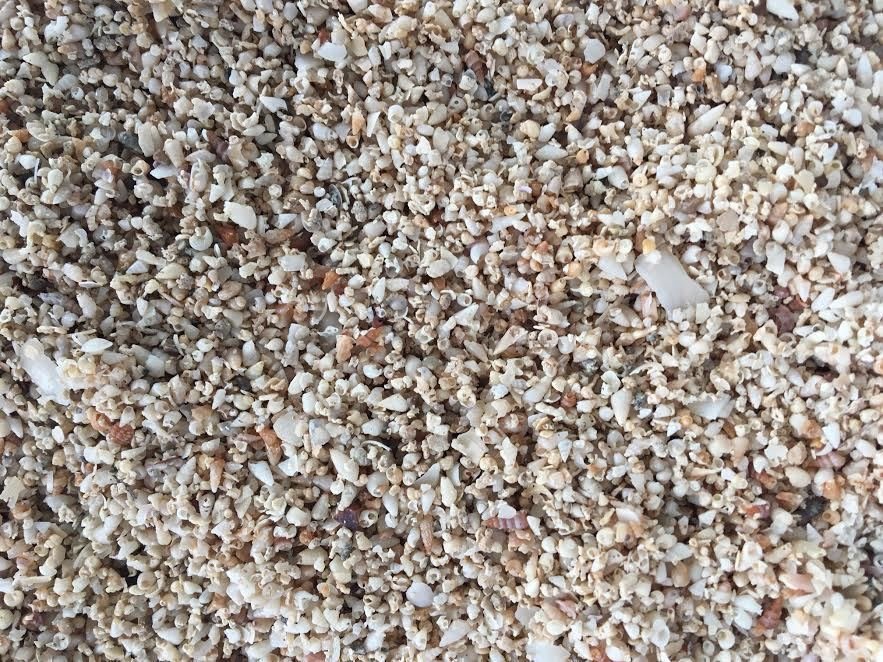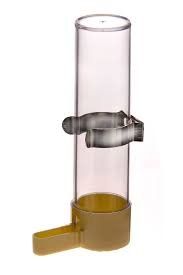Six week old baby, showing the barred head
Adult budgie with unbarred forehead (light flecking is visible, but is not due to age).
Choosing a pet budgie
Baby budgies are the easiest to tame. Boys are easier to tame than girls but it can be hard to sex young birds.
Size is not always a measure of age as adult bush budgies can be smaller than baby Aussie show budgies.
Two features can help tell your birds age
The eye: an adult bird will have a pale eye ring around the pupil
Many varieties of budgies have a barred head when young (see pictures above). The bars extend from the top of the head to the top of the cere (the fleshy area around the nostrils). Not all varieties have these bars. - see photos below.
Baby yellow and white budgies do not have barred heads
Why keep a budgie or two as a pet?
Budgies are the world’s most popular cage bird.
Why are budgies so popular?
For these reasons
Budgies are small and easy to handle, and only need a 60cm cage, not a giant aviary in our increasingly small urban backyards.
Budgies are friendly, responding to human company.
Budgies are inexpensive to feed.
Budgies are easily trained, even to talk, if you start when they are young.
Budgies are generally low maintenance, not needing a daily walk like a dog, or being controlled like a cat.
Budgies are one of the smallest and quietest of the domestic parrot family.
Budgies live up to 14 years, most often 7-14 years. Unlike other parrot species which can live from30-70 years old!
And they come in a wide variety of colours (except pink and red) and two main sizes: Aussie show budgies are about 30% larger than Bush Budgies.
Because of these reasons, having a pet budgie is a
great way to teach kids to be responsible for a pet.
Bush budgie vs show sized budgie.
Some budgies live in mansions
Choosing a cage
By law your budgie cage must be at least 60cm long, and 30cm high and wide (larger if you have more than two birds). Note the longer length so your budgie can actually fly! The cage should have at least two perches. Ensure the cage bars are metal (not wood) and close enough together so they cannot escape.
If you make your own cage ensure you use a lead-free paint, as lead is toxic, and your bird will chew the edges of the cage. You can buy cage fronts of wire from many pet supply shops.
Keep the cage in a draft free area, against a wall (or cover at night), and never in full sun.
All wire cages are very popular, but ensure they are kept out of drafts.
Box type cages are easy to build, and create less mess.
What to get before you buy your budgie baby
When you visit your pet supplies shop you will realise how many products are available for your new pet. Some you must have, others are optional, at least at first.
Your shopping list will include:
A suitable cage with at least two perches. The cage will be at least 600mm long.
Bird seed
Water and seed holders if not supplied with the cage
A cloth to cover the cage at night
Your shopping list MAY include
Toys
Bird Bath
Food treats
Medications
Feeding your budgie
It is important to ensure your budgie has good quality food and clean water daily.
A budgie will die in three days without food! A good budgie seed mix will contain about 40% canary, 50% millet, and maybe some oats and other seed types. DON’T just buy the cheapest in the shop, they need access to a mix of seed.
Your bird will also enjoy a weekly treat of a few sunflower seeds, but do not give too much as these fatty seeds will make them obese.
A daily feed of some sort of fresh food is desirable. Remove uneaten food daily. Examples of foods that budgies love include
Wheat/Sprouted, Mung Beans/Sprouted.
Silver beet or Spinach, Beetroot, Carrots, zucchini, pumpkin, Oranges & Apples & Seeding grass (ensure the dog hasn’t weed on it).
Tree branches including fruit trees and eucalyptus.
Other essential dietary components include
Grit and /or Cuttlefish, - essential aid to digestion
Multivitamin solution, - about once a week, in the water. A vitamin D supplement is usually required for birds kept indoors away from sunlight.
Cider Vinegar (in the water at 1ml per 100ml once a week)
There are budgie food pellets on the market which can be an extra feed supplement but seed and some fresh food daily is really all they need.
Fresh water
Water should be replenished daily. Regular tap water is fine to use. Ideally use a cage-side water dispenser or drip feeder as this prevents the birds bathing in their water. If soiled, they should be washed in soap and water, then rinsed.
Training your budgie
Again, the internet can provide you with a wealth of information regarding training your budgie.
Being a parrot they are reasonably intelligent and require stimulation so will love you talking to them and interacting with them.
Budgies can be taught to sit on you, where they can become very affectionate. They can recognise a few words so can be taught to come when they are called. Boy budgies can be taught to talk.
And they love playing with toys, not just pet shop budgie toys, but all sorts of things around the house.
To train your budgie requires patience and an understanding of budgie fears
When you first get you baby, give him a few days to settle in, no loud sudden noises, and not much interaction at the cage. When you put your hand in the cage, watch your bird. If he’s looking worried, don’t go closer. Do this for a few days before moving closer. Gradually he will relax enough for you to encourage him onto your hand.
Don’t let him out of the cage until he is really happy to be on your hand, is relaxed with noises in the house and spends most of his time chattering. This could take a couple of months.
Ensure all windows are closed, and consider closing the curtains so he doesnt fly into a window and hurt himself. Close all the doors to his room to limit his range initially. He has to learn his way around your house and you may prefer to confine him to one room anyway. Always leave his food and water in the cage and the door open so he will go back for a feed. Don’t go pout for the day with him free flying as someone may forget he is out, and leave a door or window open.
Note that if you have two budgies it is unlikely they will “talk” but they can be tamed.
Maintaining Good Health in your pet budgie
Being a small animal, budgies can easily succumb to ailments.
Hygiene
A clean environment will help keep your budgie healthy.
Clean the cage floor and perches regularly, using soap and water, rinsing off when finished. You may choose to put newspaper in the cage floor, which should be changed when its looking soiled, every 2-3 days, as they often chew it.
There are cage cleaning products on the market which are also very good at removing stubborn marks etc.
Treating your bird with a mite and lice treatment twice a year is essential, as is a worming program. You can buy suitable medications from any pet shop.
How can I tell if my budgie is sick?
There are two obvious signs your bird is unwell
1. It is sitting fluffed up on the perch or the cage floor.
2. Its droppings are not looking normal. See the tab for a description of diseased droppings, remembering that if you’ve just fed them too much leafy greens, droppings may go very green for the rest of day.
If it is displaying these symptoms, it is likely your bird is quite ill, and will require a vet. A list of avian vets is provided at the end of this document. Take your bird and a sample of fresh droppings to the vet. Carry your bird in a closed box such as a shoe box, to help minimize its anxiety.





















